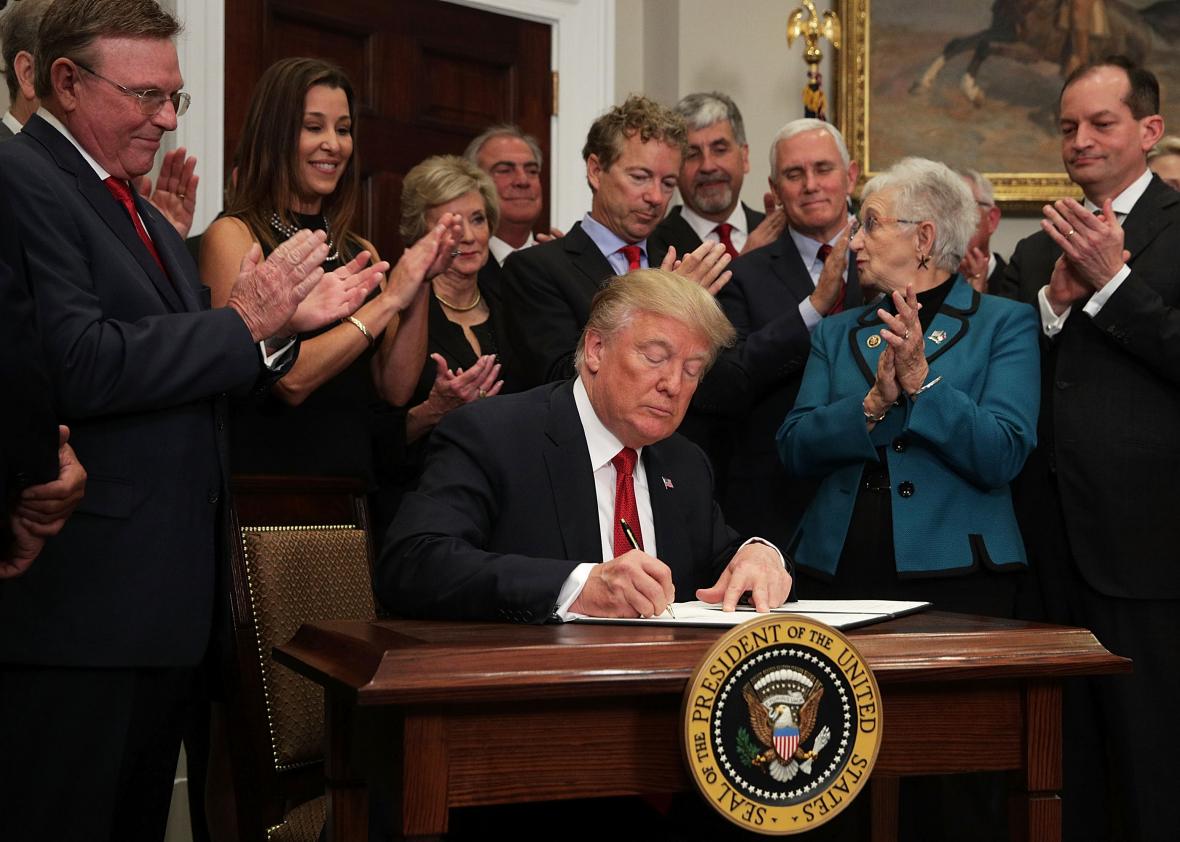
On Thursday, October 12, 2017, the White House released an Executive Order, signed by President Trump, titled “Promoting Healthcare Choice and Competition Across the United States.”
It is important to note that the Executive Order (EO) does not implement any new laws or regulations, but instead directs various federal agencies to explore options relating to association health plans, short- term limited-duration coverage (STLDI), and health reimbursement arrangements (HRAs), within the next 60 to 120 days.
The Department of Labor is ordered to explore an expansion of association health plans (AHPs) by broadening the scope of ERISA to allow employers within the same line of business across the country to join in a group health plan. The EO notes employers will not be permitted to exclude employees from an AHP or develop premiums based on health conditions. The Secretary of Labor has 60 days to consider proposing regulations or revising guidance.
This type of expansion would require considerable effort with all state departments of insurance and key stakeholders across the industry. Employers should not wait to make group health plan decisions based on the EO, as it will take time for even proposed regulations to be developed.
The Department of the Treasury, Department of Labor, and Department of Health and Human Services (the agencies) are directed to consider expanding coverage options from STLDI, which are often much less expensive than Marketplace plans or employer plans. These plans are popular with individuals who are in and outside of the country or who are between jobs. The Secretaries of these agencies have 60 days to consider proposing regulations or revising guidance.
Finally, the EO directs the same three agencies to review and consider changing regulations for HRAs, so employers have more flexibility when implementing them for employees. A change in the regulations could lead to an expanded use of HRA dollars for employees, such as for premiums. Employers should not make any changes to existing HRAs until regulations are issued later. The Secretaries have 120 days to consider proposing regulations or revising guidance.
We will keep you posted on their progress.
